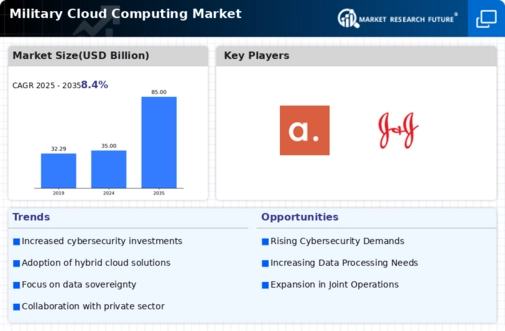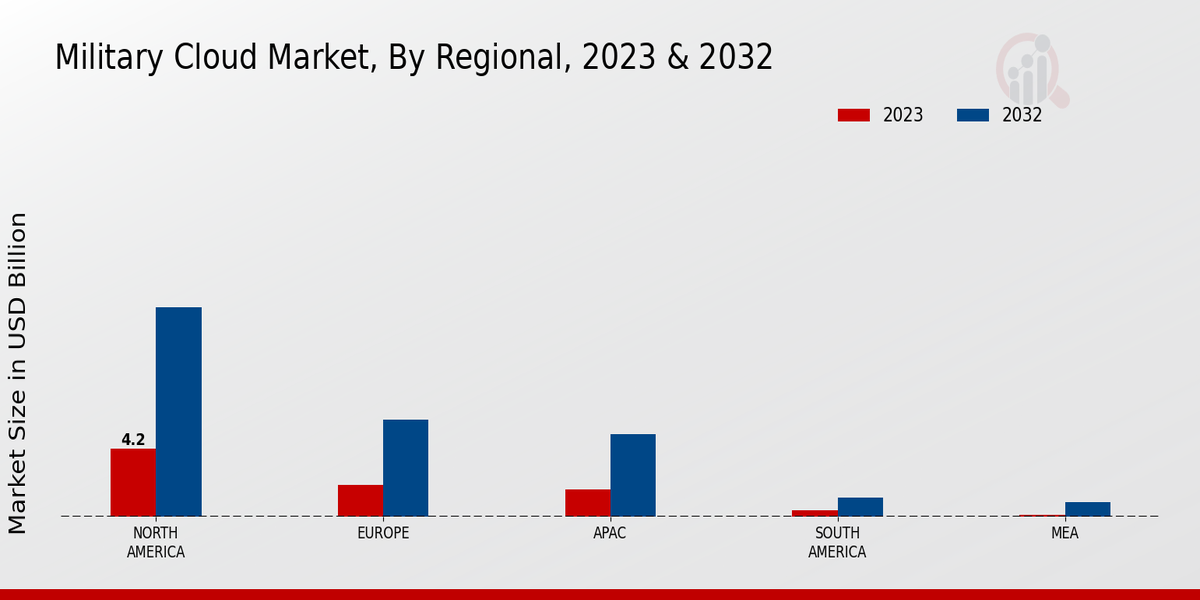The Global Military Cloud Market is witnessing significant growth, driven by the increasing demand for scalable and efficient IT solutions among defense organizations worldwide.
The integration of cloud computing into military operations offers numerous advantages, including enhanced data storage capabilities, improved communication systems, and the ability to process large volumes of data in real time.
As military organizations seek to modernize their IT infrastructure and streamline operations, various players are entering the market with tailored solutions designed to meet the specific needs of defense agencies.
The competitive landscape is characterized by rapid technological advancements and a focus on security, compliance, and interoperability. With the ongoing emphasis on data security and operational efficiency, market participants are striving to innovate and provide robust cloud solutions to gain a competitive edge.
Amazon Web Services has established a formidable presence in the Global Military Cloud Market, renowned for its comprehensive suite of cloud offerings tailored to meet the strict requirements of military operations.
The company's infrastructure as service (IaaS) solutions provide scalability, flexibility, and reliability that are critical for defense organizations. AWS’s extensive experience in managing sensitive data has positioned it as a key player, particularly with its focus on compliance with government security standards and regulations.
This dedication to security is complemented by a vast network of data centers across various geographies, which ensures high availability and resilience. Additionally, AWS benefits from an extensive ecosystem of partners and third-party solutions that enhance its military cloud offerings, allowing for seamless integrations and innovative applications.
Oracle, on the other hand, has carved a niche within the Global Military Cloud Market by emphasizing its strong database management capabilities and enterprise resource planning solutions tailored for defense agencies.
The company provides a cloud platform designed to support mission-critical applications, enabling military organizations to leverage advanced analytics and business intelligence for strategic decision-making.
Oracle's commitment to high levels of security and compliance is reflected in its cloud infrastructure, which is built to meet the rigorous demands of defense operations.
With a focus on innovation, Oracle continues to enhance its offerings by integrating cutting-edge technologies such as artificial intelligence and machine learning into its cloud solutions, enabling military clients to optimize their operational efficiency and readiness.
The strength of Oracle lies in its ability to provide integrated solutions that encompass not only cloud infrastructure but also an array of tools for data management and enterprise applications, solidifying its position in the competitive landscape of military cloud solutions.




